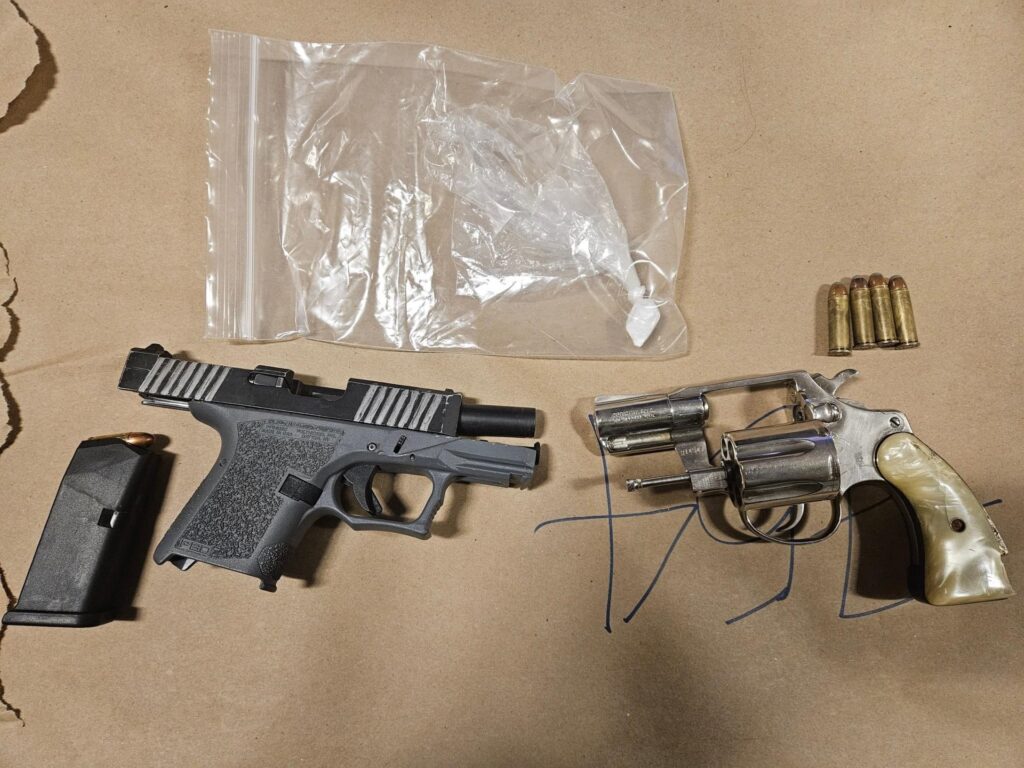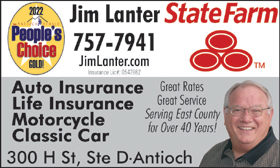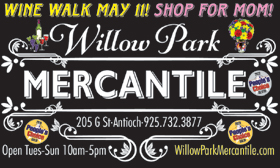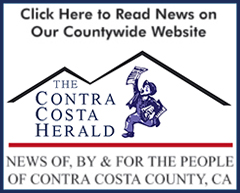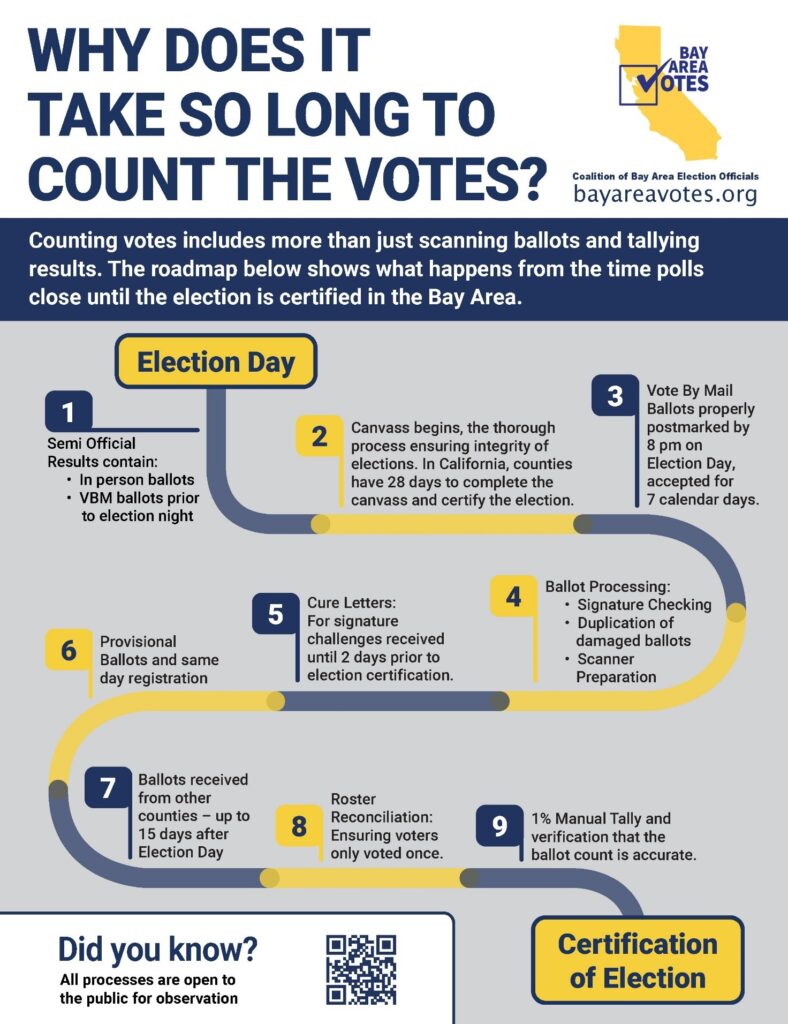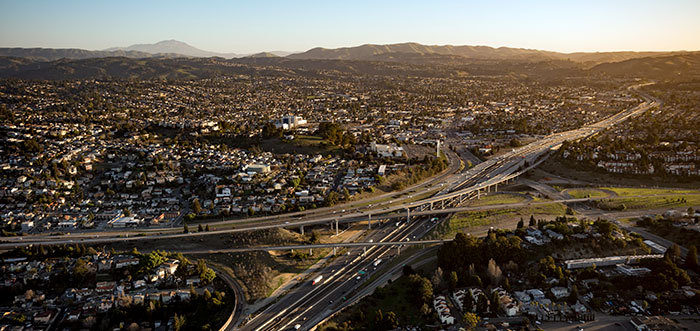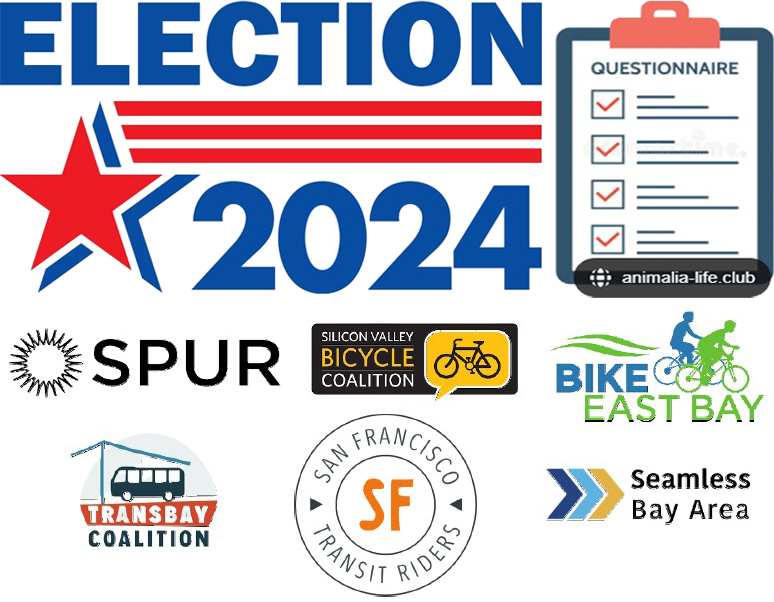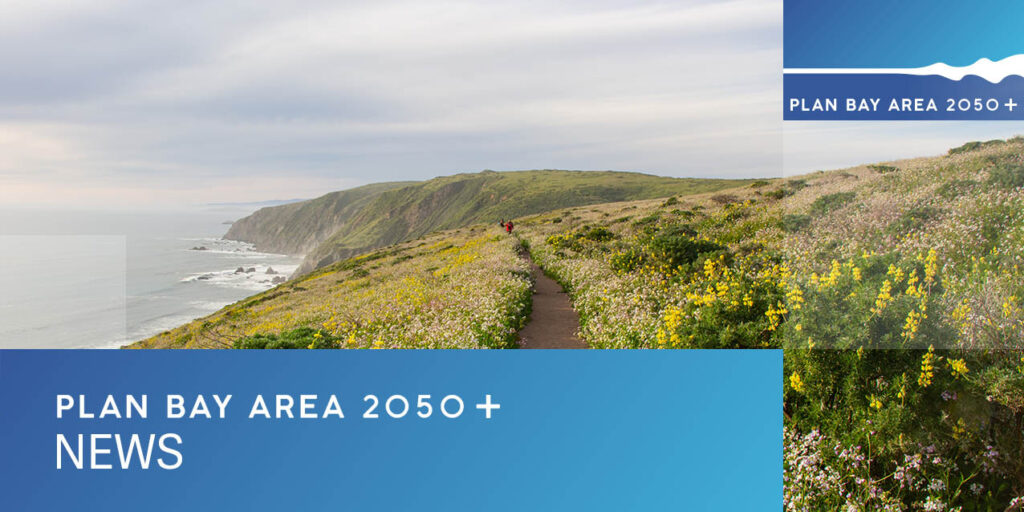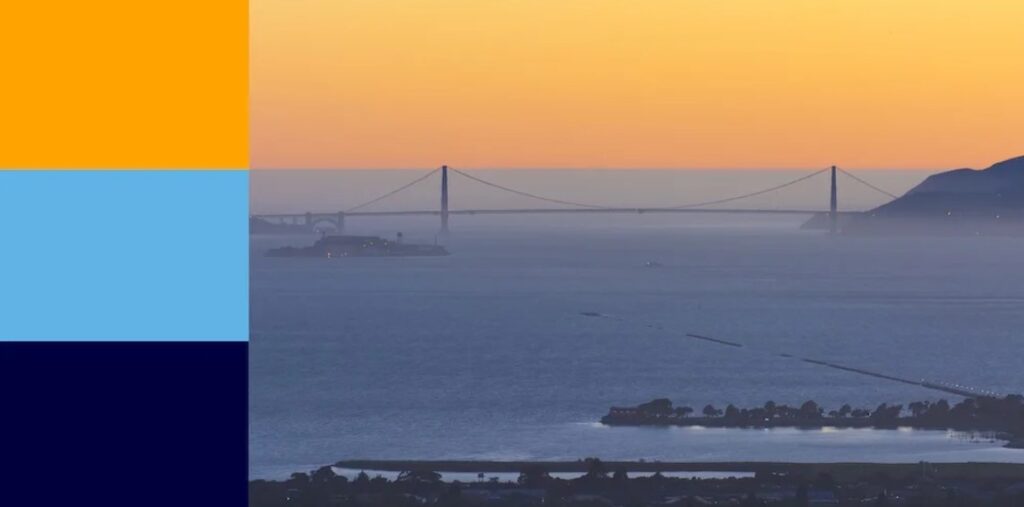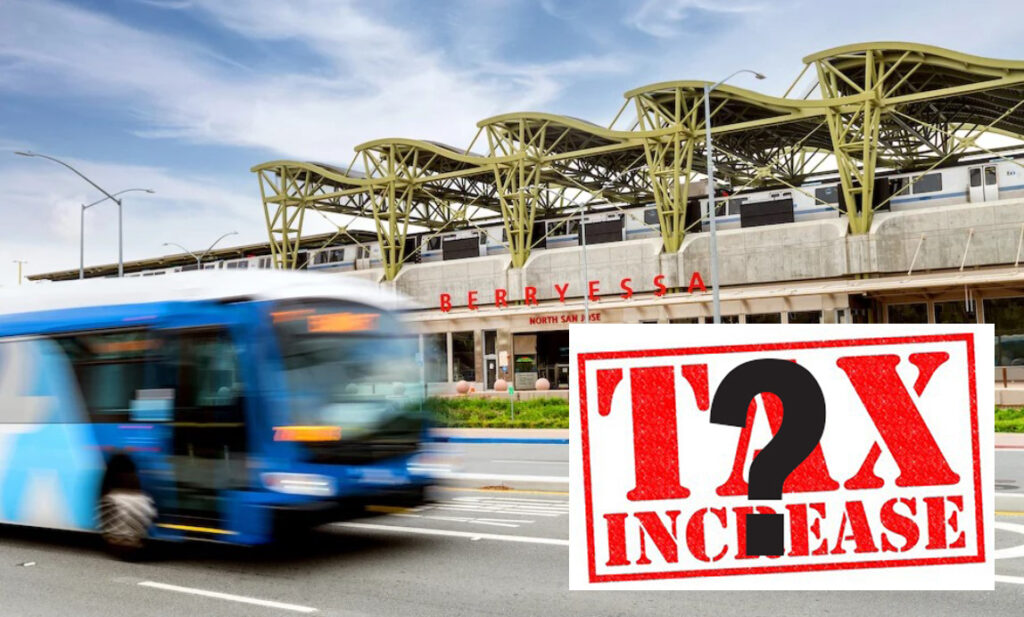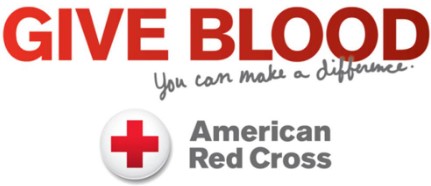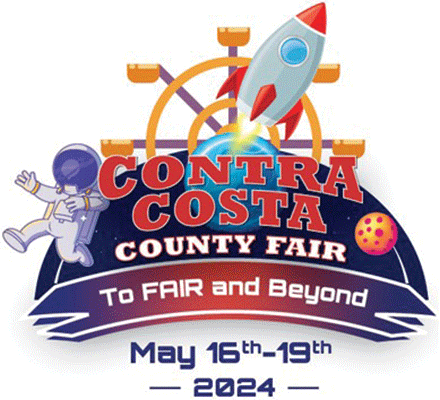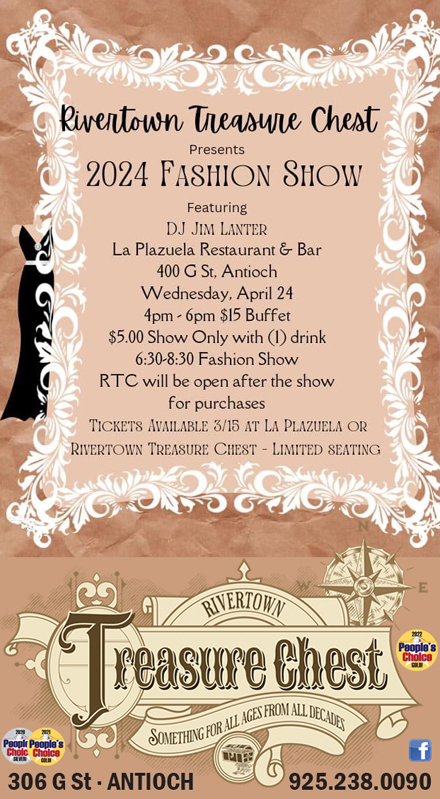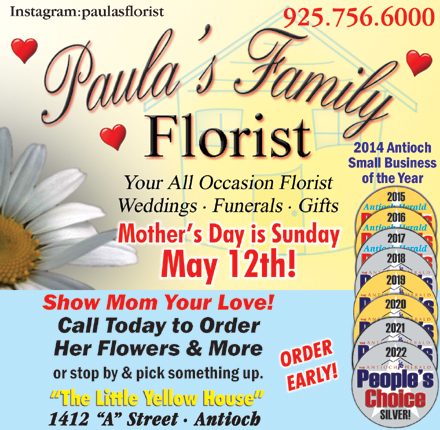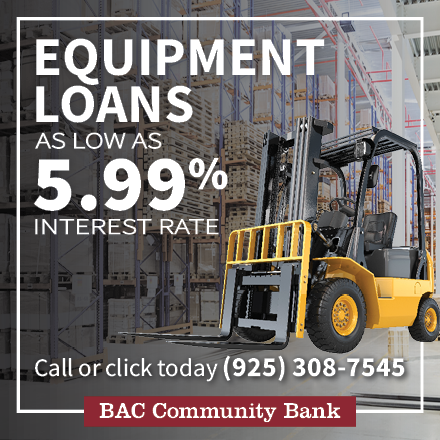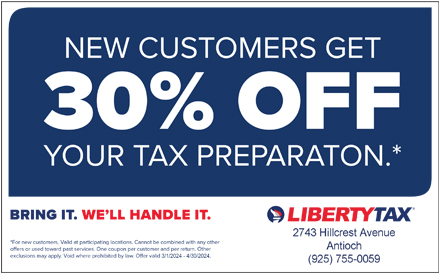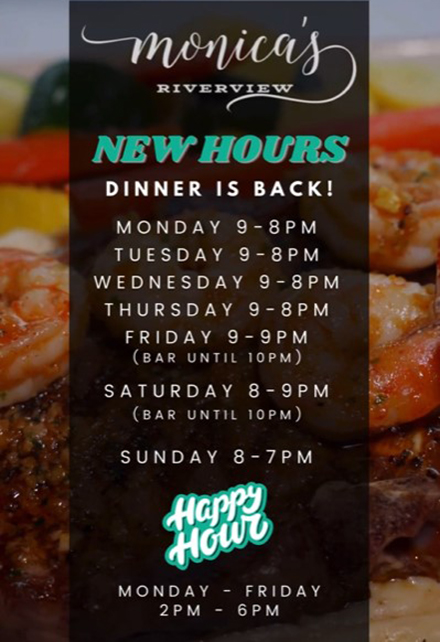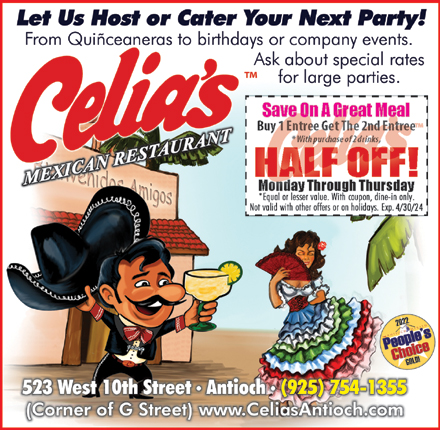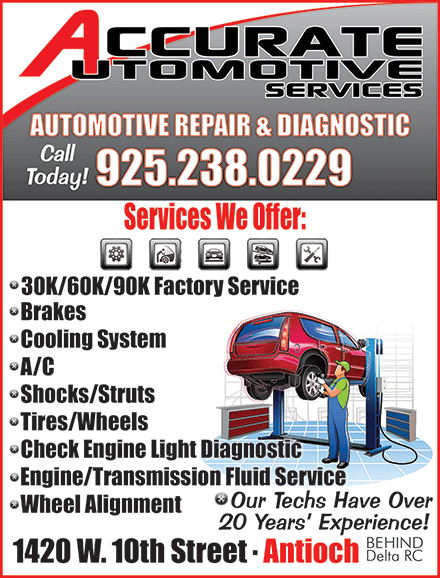Donors urged to give now as nation faces lowest number of blood donors in decades. Donors have the chance to help save lives, win trip to Super Bowl LVIII
The American Red Cross is experiencing an emergency blood shortage as the nation faces the lowest number of people giving blood in 20 years. The Red Cross blood supply has fallen to critically low levels across the country, and blood and platelet donors are urged to make a donation appointment to help alleviate the shortage and help ensure lifesaving medical procedures are not put on hold.
Over the last 20 years, the number of people donating blood to the Red Cross has fallen by about 40%. When fewer people donate blood, even small disruptions to blood donations – such as the nearly 7,000-unit shortfall in blood donations the Red Cross experienced between Christmas and New Year’s Day alone – can have a huge impact on the availability of blood products and dramatic consequences for those in need of emergency blood transfusion. Blood products are currently going to hospitals faster than blood donations are coming in, and in recent weeks, the Red Cross has had to limit distributions of type O blood products – among the most transfused blood types – to hospitals.
“Small changes in blood donor turnout can have a huge impact on the availability of blood products and dramatic consequences for those in need of an emergency blood transfusion,” said Dr. Eric Gehrie, executive physician director for the Red Cross. “More challenges may lie ahead as the potential for severe winter weather and seasonal illness may compound the dire blood supply situation. Donors of all types – especially those with type O blood and those giving platelets – are urged to give now.”
Don’t wait – to make an appointment, download the Red Cross Blood Donor App, visit RedCrossBlood.org or call 1-800-RED CROSS (1-800-733-2767).
The Red Cross and the National Football League (NFL) are partnering this January, during National Blood Donor Month, to urge individuals to give blood or platelets and help tackle the emergency blood shortage. Those who come to give blood, platelets or plasma in January will automatically be entered for a chance to win a trip for two to Super Bowl LVIII in Las Vegas. For details, visit RedCrossBlood.org/Super Bowl.
Who donations help:
Sarah Montoya knows firsthand the lifesaving power a single blood donation contains. Five years ago, Sarah discovered that her 10-month-old son had a Wilms tumor growing on his kidney. He was one of the 43 children who, on average, are diagnosed with cancer in America every single day. He needed blood transfusions to survive the surgery that would ultimately save his life. Since then, Sarah start donating blood with the Red Cross. “I am so grateful that I can help people the same way my son has been helped,” she said.
Upcoming blood donation opportunities Jan. 8-31:
Contra Costa County
Antioch
1/25/2024: 11 a.m. – 5 p.m., ST. Ignatius of Antioch, 3351 Contra Loma Boulevard
Brentwood
1/31/2024: 8:30 a.m. – 2:30 p.m., Trilogy Vineyards Veterans Association, 1700 Trilogy Parkway
Danville
1/12/2024: 10 a.m. – 4 p.m., Blackhawk Country Club, 599 Blackhawk Club Road
El Cerrito
1/27/2024: 8 a.m. – 2 p.m., El Cerrito High School, 540 Ashbury Avenue
Pleasant Hill
1/8/2024: 8 a.m. – 2:15 p.m., Contra Costa Blood Donation Center, 140 Gregory Lane
1/9/2024: 12:15 p.m. – 6:45 p.m., Contra Costa Blood Donation Center, 140 Gregory Lane
1/10/2024: 12:30 p.m. – 6:45 p.m., Contra Costa Blood Donation Center, 140 Gregory Lane
1/11/2024: 12 p.m. – 6:15 p.m., Contra Costa Blood Donation Center, 140 Gregory Lane
1/12/2024: 8 a.m. – 2:15 p.m., Contra Costa Blood Donation Center, 140 Gregory Lane
1/13/2024: 7:45 a.m. – 2:15 p.m., Contra Costa Blood Donation Center, 140 Gregory Lane
1/14/2024: 7:45 a.m. – 2:15 p.m., Contra Costa Blood Donation Center, 140 Gregory Lane
1/15/2024: 8 a.m. – 2:15 p.m., Contra Costa Blood Donation Center, 140 Gregory Lane
1/16/2024: 12:15 p.m. – 6:45 p.m., Contra Costa Blood Donation Center, 140 Gregory Lane
1/17/2024: 12:15 p.m. – 6:45 p.m., Contra Costa Blood Donation Center, 140 Gregory Lane
1/18/2024: 12 p.m. – 6:15 p.m., Contra Costa Blood Donation Center, 140 Gregory Lane
1/19/2024: 8 a.m. – 2:15 p.m., Contra Costa Blood Donation Center, 140 Gregory Lane
1/20/2024: 7:45 a.m. – 2:15 p.m., Contra Costa Blood Donation Center, 140 Gregory Lane
1/21/2024: 7:45 a.m. – 2:15 p.m., Contra Costa Blood Donation Center, 140 Gregory Lane
1/22/2024: 8 a.m. – 2:15 p.m., Contra Costa Blood Donation Center, 140 Gregory Lane
1/23/2024: 12:15 p.m. – 6:45 p.m., Contra Costa Blood Donation Center, 140 Gregory Lane
1/24/2024: 12:15 p.m. – 6:45 p.m., Contra Costa Blood Donation Center, 140 Gregory Lane
1/25/2024: 12 p.m. – 6:15 p.m., Contra Costa Blood Donation Center, 140 Gregory Lane
1/26/2024: 8 a.m. – 2:15 p.m., Contra Costa Blood Donation Center, 140 Gregory Lane
1/27/2024: 7:45 a.m. – 2:15 p.m., Contra Costa Blood Donation Center, 140 Gregory Lane
1/28/2024: 7:45 a.m. – 2:15 p.m., Contra Costa Blood Donation Center, 140 Gregory Lane
1/29/2024: 8 a.m. – 2:15 p.m., Contra Costa Blood Donation Center, 140 Gregory Lane
1/30/2024: 12:15 p.m. – 6:45 p.m., Contra Costa Blood Donation Center, 140 Gregory Lane
1/31/2024: 8:30 a.m. – 2:30 p.m., College Park High School, 201 Viking Drive
1/31/2024: 12:15 p.m. – 6:45 p.m., Contra Costa Blood Donation Center, 140 Gregory Lane
San Ramon
1/10/2024: 11 a.m. – 5 p.m., San Ramon Valley Seventh-day Adventist Church, 2260 Camino Ramon
_______________
Alameda County
Alameda
1/9/2024: 12 p.m. – 5 p.m., Alameda City Library, 1550 Oak Street
1/13/2024: 8 a.m. – 2 p.m., Alameda Community – Twin Towers United Methodist, 1411 Oak Street
1/27/2024: 10 a.m. – 4 p.m., St. Joseph High School – Notre Dame Hall, St. Joseph Basilica, on Lafayette Street
Livermore
1/19/2024: 11 a.m. – 5 p.m., Asbury United Methodist Church, 4743 East Avenue
Newark
1/8/2024: 11:45 a.m. – 6:15 p.m., Fremont – Newark Blood Donation Center, 39227 Cedar Boulevard
1/9/2024: 11:45 a.m. – 6:15 p.m., Fremont – Newark Blood Donation Center, 39227 Cedar Boulevard
1/11/2024: 11:45 a.m. – 6:15 p.m., Fremont – Newark Blood Donation Center, 39227 Cedar Boulevard
1/12/2024: 8:15 a.m. – 2:45 p.m., Fremont – Newark Blood Donation Center, 39227 Cedar Boulevard
1/13/2024: 8:15 a.m. – 2:45 p.m., Fremont – Newark Blood Donation Center, 39227 Cedar Boulevard
1/14/2024: 8:15 a.m. – 2:45 p.m., Fremont – Newark Blood Donation Center, 39227 Cedar Boulevard
1/15/2024: 11:45 a.m. – 6:15 p.m., Fremont – Newark Blood Donation Center, 39227 Cedar Boulevard
1/16/2024: 11:45 a.m. – 6:15 p.m., Fremont – Newark Blood Donation Center, 39227 Cedar Boulevard
1/18/2024: 11:45 a.m. – 6:15 p.m., Fremont – Newark Blood Donation Center, 39227 Cedar Boulevard
1/19/2024: 8:15 a.m. – 2:45 p.m., Fremont – Newark Blood Donation Center, 39227 Cedar Boulevard
1/20/2024: 8:15 a.m. – 2:45 p.m., Fremont – Newark Blood Donation Center, 39227 Cedar Boulevard
1/21/2024: 8:15 a.m. – 2:45 p.m., Fremont – Newark Blood Donation Center, 39227 Cedar Boulevard
1/22/2024: 11:45 a.m. – 6:15 p.m., Fremont – Newark Blood Donation Center, 39227 Cedar Boulevard
1/23/2024: 11:45 a.m. – 6:15 p.m., Fremont – Newark Blood Donation Center, 39227 Cedar Boulevard
1/25/2024: 11:45 a.m. – 6:15 p.m., Fremont – Newark Blood Donation Center, 39227 Cedar Boulevard
1/26/2024: 8:15 a.m. – 2:45 p.m., Fremont – Newark Blood Donation Center, 39227 Cedar Boulevard
1/27/2024: 8:15 a.m. – 2:45 p.m., Fremont – Newark Blood Donation Center, 39227 Cedar Boulevard
1/28/2024: 8:15 a.m. – 2:45 p.m., Fremont – Newark Blood Donation Center, 39227 Cedar Boulevard
1/29/2024: 11:45 a.m. – 6:15 p.m., Fremont – Newark Blood Donation Center, 39227 Cedar Boulevard
1/30/2024: 11:45 a.m. – 6:15 p.m., Fremont – Newark Blood Donation Center, 39227 Cedar Boulevard
Oakland
1/8/2024: 12:15 p.m. – 6:45 p.m., Oakland Blood Donation Center, 5450 College Avenue
1/9/2024: 9 a.m. – 3 p.m., Oakland Scottish Rite, 1547 Lakeside Drive
1/9/2024: 12:15 p.m. – 6:45 p.m., Oakland Blood Donation Center, 5450 College Avenue
1/10/2024: 12:15 p.m. – 6:45 p.m., Oakland Blood Donation Center, 5450 College Avenue
1/11/2024: 10:45 a.m. – 5:15 p.m., Oakland Blood Donation Center, 5450 College Avenue
1/12/2024: 7:45 a.m. – 2:15 p.m., Oakland Blood Donation Center, 5450 College Avenue
1/13/2024: 7:45 a.m. – 2:15 p.m., Oakland Blood Donation Center, 5450 College Avenue
1/14/2024: 7:45 a.m. – 2:15 p.m., Oakland Blood Donation Center, 5450 College Avenue
1/15/2024: 12:15 p.m. – 6:45 p.m., Oakland Blood Donation Center, 5450 College Avenue
1/16/2024: 12:15 p.m. – 6:45 p.m., Oakland Blood Donation Center, 5450 College Avenue
1/17/2024: 12:15 p.m. – 6:45 p.m., Oakland Blood Donation Center, 5450 College Avenue
1/18/2024: 10:45 a.m. – 5:15 p.m., Oakland Blood Donation Center, 5450 College Avenue
1/19/2024: 7:45 a.m. – 2:15 p.m., Oakland Blood Donation Center, 5450 College Avenue
1/20/2024: 7:45 a.m. – 2:15 p.m., Oakland Blood Donation Center, 5450 College Avenue
1/21/2024: 7:45 a.m. – 2:15 p.m., Oakland Blood Donation Center, 5450 College Avenue
1/22/2024: 12:15 p.m. – 6:45 p.m., Oakland Blood Donation Center, 5450 College Avenue
1/23/2024: 12:15 p.m. – 6:45 p.m., Oakland Blood Donation Center, 5450 College Avenue
1/24/2024: 12:15 p.m. – 6:45 p.m., Oakland Blood Donation Center, 5450 College Avenue
1/25/2024: 10:45 a.m. – 5:15 p.m., Oakland Blood Donation Center, 5450 College Avenue
1/26/2024: 7:45 a.m. – 2:15 p.m., Oakland Blood Donation Center, 5450 College Avenue
1/27/2024: 7:45 a.m. – 2:15 p.m., Oakland Blood Donation Center, 5450 College Avenue
1/28/2024: 7:45 a.m. – 2:15 p.m., Oakland Blood Donation Center, 5450 College Avenue
1/29/2024: 12:15 p.m. – 6:45 p.m., Oakland Blood Donation Center, 5450 College Avenue
1/30/2024: 12:15 p.m. – 6:45 p.m., Oakland Blood Donation Center, 5450 College Avenue
1/31/2024: 12:15 p.m. – 6:45 p.m., Oakland Blood Donation Center, 5450 College Avenue
Pleasanton
1/8/2024: 12 p.m. – 6:45 p.m., Pleasanton Blood Donation Center, 5880 W. Las Positas Boulevard, Suite 34
1/9/2024: 11:45 a.m. – 6:45 p.m., Pleasanton Blood Donation Center, 5880 W. Las Positas Boulevard, Suite 34
1/10/2024: 11:45 a.m. – 6:45 p.m., Pleasanton Blood Donation Center, 5880 W. Las Positas Boulevard, Suite 34
1/12/2024: 8 a.m. – 2:45 p.m., Pleasanton Blood Donation Center, 5880 W. Las Positas Boulevard, Suite 34
1/13/2024: 7:45 a.m. – 2:45 p.m., Pleasanton Blood Donation Center, 5880 W. Las Positas Boulevard, Suite 34
1/14/2024: 7:45 a.m. – 2:45 p.m., Pleasanton Blood Donation Center, 5880 W. Las Positas Boulevard, Suite 34
1/15/2024: 12 p.m. – 6:45 p.m., Pleasanton Blood Donation Center, 5880 W. Las Positas Boulevard, Suite 34
1/16/2024: 11:45 a.m. – 6:45 p.m., Pleasanton Blood Donation Center, 5880 W. Las Positas Boulevard, Suite 34
1/17/2024: 11:45 a.m. – 6:45 p.m., Pleasanton Blood Donation Center, 5880 W. Las Positas Boulevard, Suite 34
1/19/2024: 8 a.m. – 2:45 p.m., Pleasanton Blood Donation Center, 5880 W. Las Positas Boulevard, Suite 34
1/20/2024: 7:45 a.m. – 2:45 p.m., Pleasanton Blood Donation Center, 5880 W. Las Positas Boulevard, Suite 34
1/21/2024: 7:45 a.m. – 2:45 p.m., Pleasanton Blood Donation Center, 5880 W. Las Positas Boulevard, Suite 34
1/22/2024: 12 p.m. – 6:45 p.m., Pleasanton Blood Donation Center, 5880 W. Las Positas Boulevard, Suite 34
1/23/2024: 11:45 a.m. – 6:45 p.m., Pleasanton Blood Donation Center, 5880 W. Las Positas Boulevard, Suite 34
1/24/2024: 11:45 a.m. – 6:45 p.m., Pleasanton Blood Donation Center, 5880 W. Las Positas Boulevard, Suite 34
1/26/2024: 8 a.m. – 2:45 p.m., Pleasanton Blood Donation Center, 5880 W. Las Positas Boulevard, Suite 34
1/27/2024: 7:45 a.m. – 2:45 p.m., Pleasanton Blood Donation Center, 5880 W. Las Positas Boulevard, Suite 34
1/28/2024: 7:45 a.m. – 2:45 p.m., Pleasanton Blood Donation Center, 5880 W. Las Positas Boulevard, Suite 34
1/29/2024: 12 p.m. – 6:45 p.m., Pleasanton Blood Donation Center, 5880 W. Las Positas Boulevard, Suite 34
1/30/2024: 11:45 a.m. – 6:45 p.m., Pleasanton Blood Donation Center, 5880 W. Las Positas Boulevard, Suite 34
1/31/2024: 11:45 a.m. – 6:45 p.m., Pleasanton Blood Donation Center, 5880 W. Las Positas Boulevard, Suite 34
_______________
San Francisco County
San Francisco
1/8/2024: 11:45 a.m. – 6:45 p.m., San Francisco Blood Donation Center, 1663 Market Street
1/9/2024: 11:45 a.m. – 6:45 p.m., San Francisco Blood Donation Center, 1663 Market Street
1/10/2024: 11:45 a.m. – 6:45 p.m., San Francisco Blood Donation Center, 1663 Market Street
1/12/2024: 7:45 a.m. – 2:45 p.m., San Francisco Blood Donation Center, 1663 Market Street
1/13/2024: 7:45 a.m. – 2:45 p.m., San Francisco Blood Donation Center, 1663 Market Street
1/14/2024: 7:45 a.m. – 2:45 p.m., San Francisco Blood Donation Center, 1663 Market Street
1/15/2024: 11:45 a.m. – 6:45 p.m., San Francisco Blood Donation Center, 1663 Market Street
1/16/2024: 11:45 a.m. – 6:45 p.m., San Francisco Blood Donation Center, 1663 Market Street
1/17/2024: 11:45 a.m. – 6:45 p.m., San Francisco Blood Donation Center, 1663 Market Street
1/19/2024: 7:45 a.m. – 2:45 p.m., San Francisco Blood Donation Center, 1663 Market Street
1/20/2024: 7:45 a.m. – 2:45 p.m., San Francisco Blood Donation Center, 1663 Market Street
1/21/2024: 7:45 a.m. – 2:45 p.m., San Francisco Blood Donation Center, 1663 Market Street
1/22/2024: 11:45 a.m. – 6:45 p.m., San Francisco Blood Donation Center, 1663 Market Street
1/23/2024: 11:45 a.m. – 6:45 p.m., San Francisco Blood Donation Center, 1663 Market Street
1/24/2024: 11:45 a.m. – 6:45 p.m., San Francisco Blood Donation Center, 1663 Market Street
1/27/2024: 7:45 a.m. – 2:45 p.m., San Francisco Blood Donation Center, 1663 Market Street
1/28/2024: 7:45 a.m. – 2:45 p.m., San Francisco Blood Donation Center, 1663 Market Street
1/29/2024: 11:45 a.m. – 6:45 p.m., San Francisco Blood Donation Center, 1663 Market Street
1/30/2024: 11:45 a.m. – 6:45 p.m., San Francisco Blood Donation Center, 1663 Market Street
1/31/2024: 11:45 a.m. – 6:45 p.m., San Francisco Blood Donation Center, 1663 Market Street
_______________
Santa Clara County
Gilroy
1/11/2024: 10 a.m. – 4 p.m., Interfaith – The Church of Jesus Christ of Latter-day Saints Gilroy, 7999 Miller Avenue
1/17/2024: 10 a.m. – 4 p.m., Gavilan College, 5055 Santa Teresa Boulevard
Morgan Hill
1/9/2024: 10 a.m. – 4 p.m., Interfaith – The Church of Jesus Christ of Latter-day Saints Morgan Hill, 1790 E. Dunne Avenue
San Jose
1/8/2024: 12:30 p.m. – 7:15 p.m., San Jose Blood Donation Center, 2731 North First Street
1/9/2024: 12:30 p.m. – 7:15 p.m., San Jose Blood Donation Center, 2731 North First Street
1/10/2024: 12:15 p.m. – 7:15 p.m., San Jose Blood Donation Center, 2731 North First Street
1/11/2024: 10:45 a.m. – 5:45 p.m., San Jose Blood Donation Center, 2731 North First Street
1/12/2024: 7:45 a.m. – 2:45 p.m., San Jose Blood Donation Center, 2731 North First Street
1/13/2024: 7:45 a.m. – 2:45 p.m., San Jose Blood Donation Center, 2731 North First Street
1/13/2024: 8 a.m. – 2 p.m., San Jose Center Mobile Drives, American Red Cross, 2731 N. 1st Street
1/14/2024: 7:45 a.m. – 2:45 p.m., San Jose Blood Donation Center, 2731 North First Street
1/15/2024: 12:30 p.m. – 7:15 p.m., San Jose Blood Donation Center, 2731 North First Street
1/16/2024: 12:30 p.m. – 7:15 p.m., San Jose Blood Donation Center, 2731 North First Street
1/17/2024: 10 a.m. – 4 p.m., Interfaith – The Church of Jesus Christ of Latter-day Saints
San Jose, 1655 Noreen Street
1/17/2024: 12:15 p.m. – 7:15 p.m., San Jose Blood Donation Center, 2731 North First Street
1/18/2024: 10:45 a.m. – 5:45 p.m., San Jose Blood Donation Center, 2731 North First Street
1/19/2024: 7:45 a.m. – 2:45 p.m., San Jose Blood Donation Center, 2731 North First Street
1/20/2024: 7:45 a.m. – 2:45 p.m., San Jose Blood Donation Center, 2731 North First Street
1/20/2024: 8 a.m. – 2 p.m., Jack and Jill of America San Jose Chapter, Jack and Jill, 2731 N. First Street
1/21/2024: 7:45 a.m. – 2:45 p.m., San Jose Blood Donation Center, 2731 North First Street
1/22/2024: 12:30 p.m. – 7:15 p.m., San Jose Blood Donation Center, 2731 North First Street
1/23/2024: 12:30 p.m. – 7:15 p.m., San Jose Blood Donation Center, 2731 North First Street
1/24/2024: 12:15 p.m. – 7:15 p.m., San Jose Blood Donation Center, 2731 North First Street
1/25/2024: 10:45 a.m. – 5:45 p.m., San Jose Blood Donation Center, 2731 North First Street
1/26/2024: 7:45 a.m. – 2:45 p.m., San Jose Blood Donation Center, 2731 North First Street
1/27/2024: 7:45 a.m. – 2:45 p.m., San Jose Blood Donation Center, 2731 North First Street
1/28/2024: 7:45 a.m. – 2:45 p.m., San Jose Blood Donation Center, 2731 North First Street
1/29/2024: 12:30 p.m. – 7:15 p.m., San Jose Blood Donation Center, 2731 North First Street
1/30/2024: 12:30 p.m. – 7:15 p.m., San Jose Blood Donation Center, 2731 North First Street
1/31/2024: 12:15 p.m. – 7:15 p.m., San Jose Blood Donation Center, 2731 North First Street
Santa Clara
1/27/2024: 8 a.m. – 2 p.m., The Church of Jesus Christ of Latter-day Saints, Santa Clara, 875 Quince Avenue
Saratoga
1/30/2024: 11 a.m. – 5 p.m., Congregation Beth David, 19700 Prospect Road
_______________
San Mateo County
Foster City
1/20/2024: 9 a.m. – 2 p.m., The Church of Jesus Christ of Latter-day Saints, Foster City, 1000 Shell Boulevard
Half Moon Bay
1/16/2024: 10 a.m. – 3 p.m., Ted Adcock Community Center, 535 Kelly Avenue
Millbrae
1/11/2024: 11 a.m. – 4 p.m., The Westin San Francisco Airport, 1 Old Bayshore Highway
San Mateo
1/13/2024: 9 a.m. – 2 p.m., Highlands Recreation Center, 1851 Lexington Avenue
About the American Red Cross:
The American Red Cross shelters, feeds and provides comfort to victims of disasters; supplies about 40% of the nation’s blood; teaches skills that save lives; distributes international humanitarian aid; and supports veterans, military members and their families. The Red Cross is a nonprofit organization that depends on volunteers and the generosity of the American public to deliver its mission. For more information, please visit redcross.org or CruzRojaAmericana.org, or follow us on social media.
